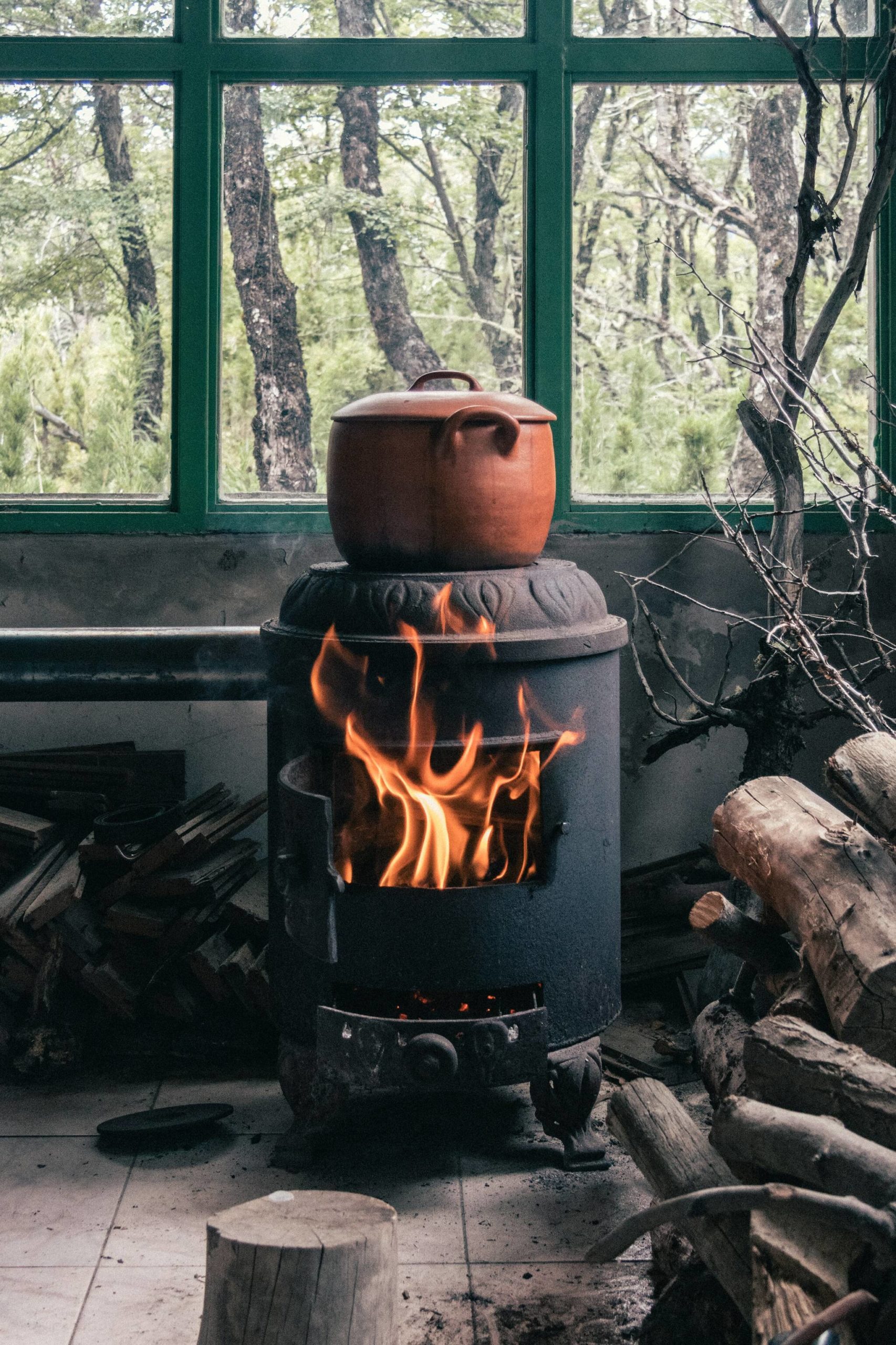While the main source of air pollution in the summer months may be apparent with smoke from forest fires visible in the sky, the main source of air pollution in the winter months is a little less noticeable, as it comes from those trying to keep their homes warm.
“In much of Washington, the major wintertime threat from air pollution comes from wood-burning from the home heating from our wood stoves, and in some places, people may burn brush outside,” said Andy Wineke, an environmental scientist working for the Washington State Department of Ecology who specializes in air pollution and burning.
Burning brush outside is not legal in urbanized areas but is in rural spaces. Eventually, he said, the air pollution gets trapped under the surface of the atmosphere and builds up over time.
To keep an eye on this, Washington ecologists work with atmospheric scientists, the National Weather Service, the Forest Service and commercial burning professionals who burn for agricultural purposes. When they spot these pollution issues building up in the atmosphere, burn bans are reinstituted. These can still occur during the winter.
To be able to start a fire but not add to the build of pollution, Wineke said there are many tips to allow that to happen. One of the most important ones is to make sure to burn with dry wood and never burn trash.
“Burning trash releases so many unsafe chemicals that get trapped in your lungs,” he said.
In the Pacific Northwest, there is more wood, such as pine, that contains lots of resin, which makes for more smokey burning than harder woods available elsewhere. Creating too much smoke also poses a threat to both the health of individuals and the environment.
“But, you know, it’s what we have here,” he said. “So just make sure you’re burning hot.”
Maintaining a hot fire is more efficient and produces much less smoke, said Wineke.
“It’s just these tiny particles and they’re so small, you inhale them and they actually get past your body’s natural defenses,” he said. “They get launched into your lungs, your bloodstream. People with pre-existing health or heart issues are most susceptible to damage those particles.”
Pregnant women, small children, and the elderly are also very susceptible to the health impacts of air pollution.
Burning hot can be done by creating a specialized fire pit or investing in a quality wood stove, and newer wood stoves tend to stay cleaner. Wineke said he himself uses a stainless steel stove, which burns really hot and produces almost no smoke.
“I think in recent years we’ve all gotten to experience more wildfire smoke than we would have liked — 2020 was pretty horrific,” he remarked, adding that he urges people to remember the implications of having so much smoke in the air and what that felt like as motivation to burn more smartly.
“It’s important to be good neighbors,” he said. “Make sure you’re burning correctly.”
More information, including burn bans, can be found at www.ecology.wa.gov.



